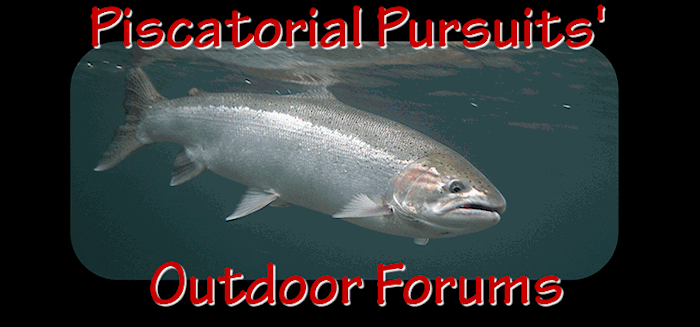Typically odd year chum runs are smaller than even year runs in north Puget Sound.
One other thing, although I'm not a strong believer in relying on density dependence in salmon management, the Snohomish chums do seem to show this fairly consistently. In other words, large escapements seems to beget smaller run sizes four years later. We may be seeing a relationship of that sort with the large 2003 run begetting a smaller 2007 run. In hindsight, we probably should have taken that into account in forecasting the 2007 return.
What I find most interesting in this discussion is the even/odd year variation in run size and the apparent 4 year density dependent relationship. It seems that the chum management model needs a parameter related to pink run size. It has been shown that large number of juvenile pinks in the straits of Georgia reduce the survival of juvenile coho in the area at the same times. I think that a comprehensive management scheme has to look at wild escapement and hatchery plants for pink, chum, coho, and chinook as well as near shore marine conditions. First summer marine survival is important for all four species and all four spend extended time in Puget Sound and near shore waters to the north. Competition from large numbers of pink salmon may well reduce survival of the other three. Management on an ecosystem basis may be much more important than bycatch concerns in maintaining runs of all salmon. Hatchery plants and harvest/escapment are the factors that we can control, we need to look at the big picture.













 Previous Topic
Previous Topic Index
Index



